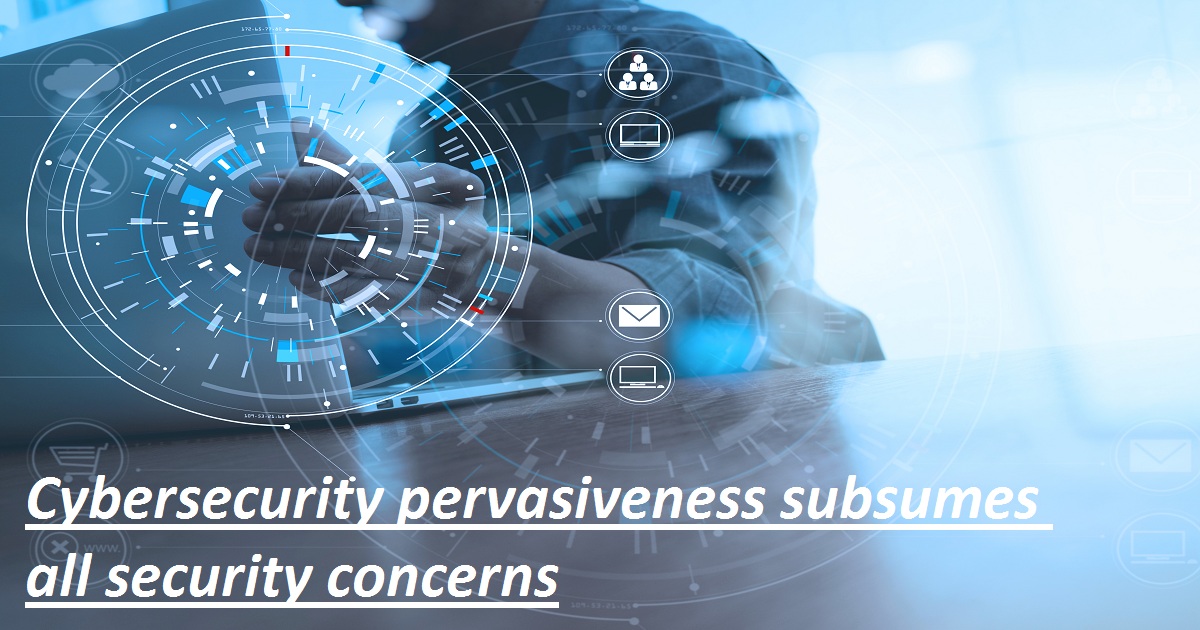Cybersecurity pervasiveness subsumes all security concern
TechTarget | May 03, 2018

Given the increased digitization of society and explosion of devices generating data (including retail, social media, search, mobile, and the internet of things), it seems like it might have been inevitable that cybersecurity pervasiveness would eventually touch every aspect of life. But, it feels more like everything has been subsumed by infosec. All information in our lives is now digital — health records, location data, search habits, not to mention all of the info we willingly share on social media — and all of that data has value to us. However, it also has value to companies that can use it to build more popular products and serve ads and it has value to malicious actors too. The conflict between the interests of these three groups means cybersecurity pervasiveness is present in every facet of life. Users want control of their data in order to have a semblance of privacy. Corporations want to gather and keep as much data as possible, just in case trends can be found in it to increase the bottom line. And, malicious actors want to use that data for financial gain — selling PII, credit info or intellectual property on the dark web, holding systems for ransom, etc. — or political gain. None of these cybersecurity pervasiveness trends are necessarily new for those in the infosec community, but issues like identity theft or stolen credit card numbers haven’t always registered with the general public or mass media as cybersecurity problems because they tended to be considered in individual terms — a few people here and there had those sorts of issues but it couldn’t be too widespread, right?